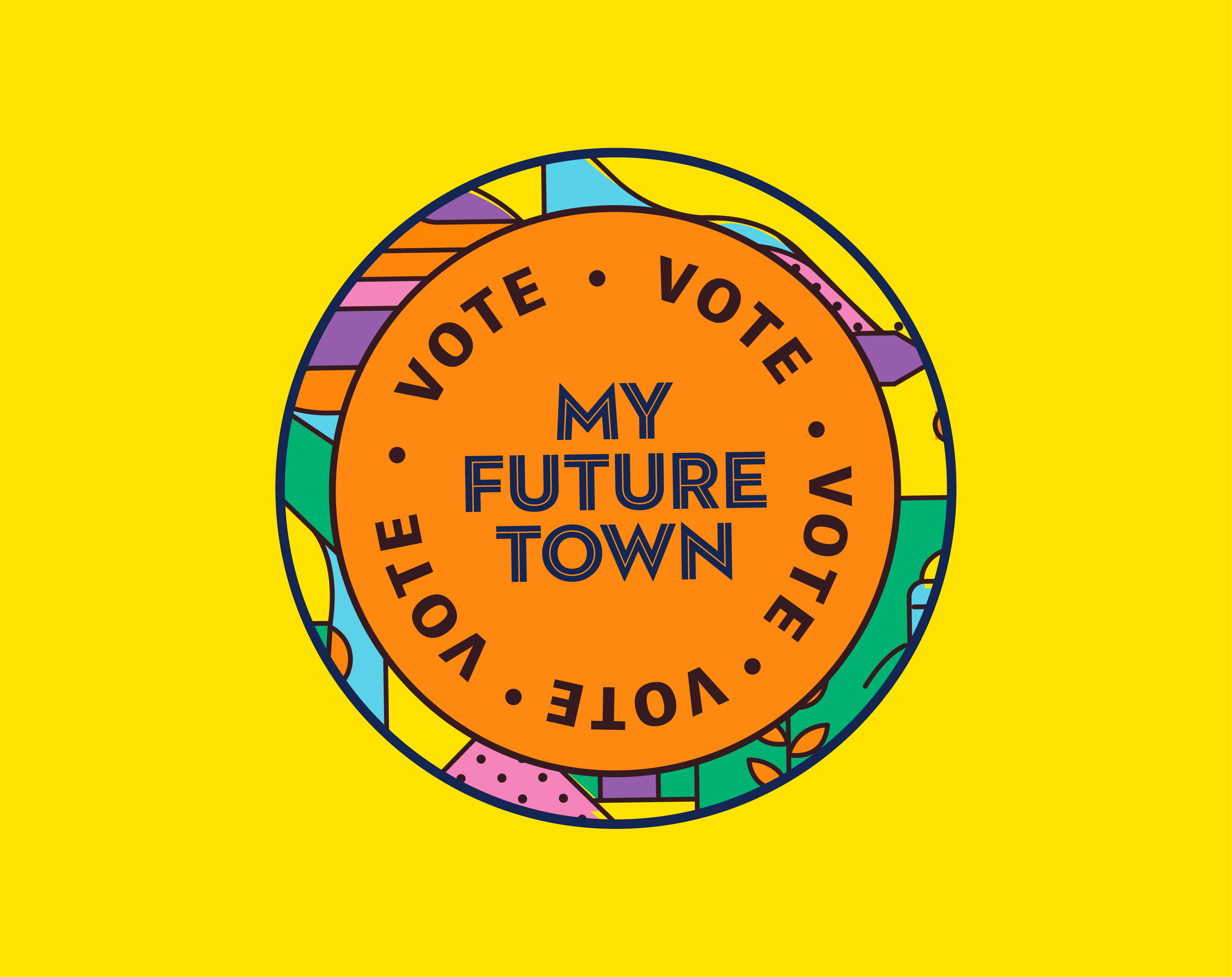
But there’s a wee problem. Your audience aren’t subject matter experts. And if they don’t understand it, they won’t engage with it.
The more important your message is, the more likely you are to make it… well, complicated. In trying to fit all the information in and cover all the angles, you make it too hard to understand. And as a result, you lose the people you’re trying to talk to.
It’s not just you. We see this all the time, especially in sectors like conservation, education, and government.
Information overload is the norm in these spaces. Think:
- dense blocks of text
- visual clutter in entrance ways
- technical language
- too many signs and instructions.
No wonder no one's paying attention.
When messaging is too abstract, too formal, or too hard to follow, people tune out. It’s not your fault; it’s just really hard to see this when you're so close to the information. You know what you're talking about. But your audience? They're still catching up.
The result? No one listens to you. And for organisations doing vital work, like saving ecosystems, supporting local communities, and helping people learn, that’s a real loss.
So here’s what you do: Channel your Marie Kondo and declutter baby!
Ngā Manu is a brilliant example of this. As a wildlife reserve on the Kāpiti Coast doing incredible mahi to protect native species, they’re on a mission to educate the community about conservation. However, they needed support to make it easier for both their team and their visitors to take in key information.
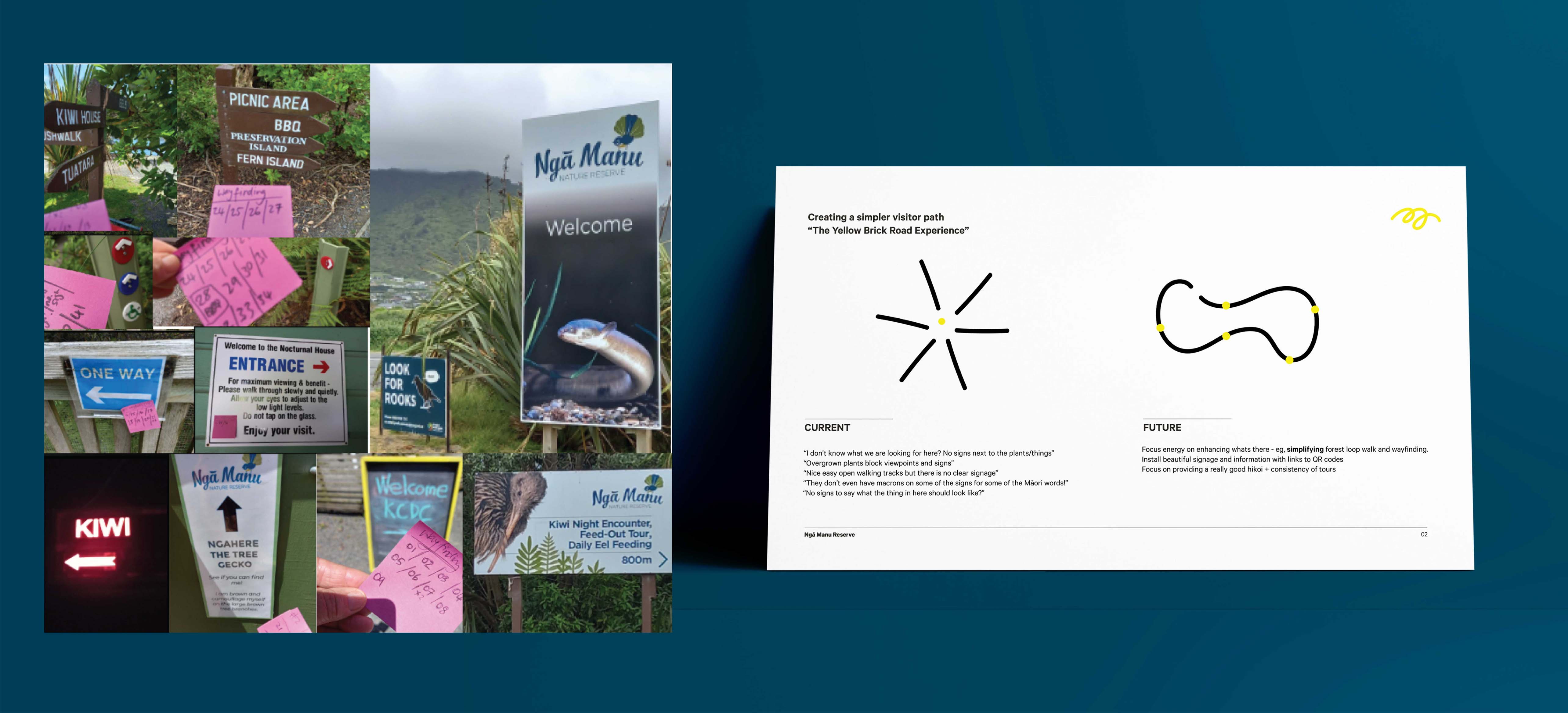
We partnered with Ngā Manu to help them in their quest for simplification. The first step was simplifying the way visitors journeyed through the reserve. By closing off some of the existing paths, we were able to create two simple loops. We then set out to build a cohesive story for each key stop along the way, helping visitors to build their knowledge in the simplest way possible.
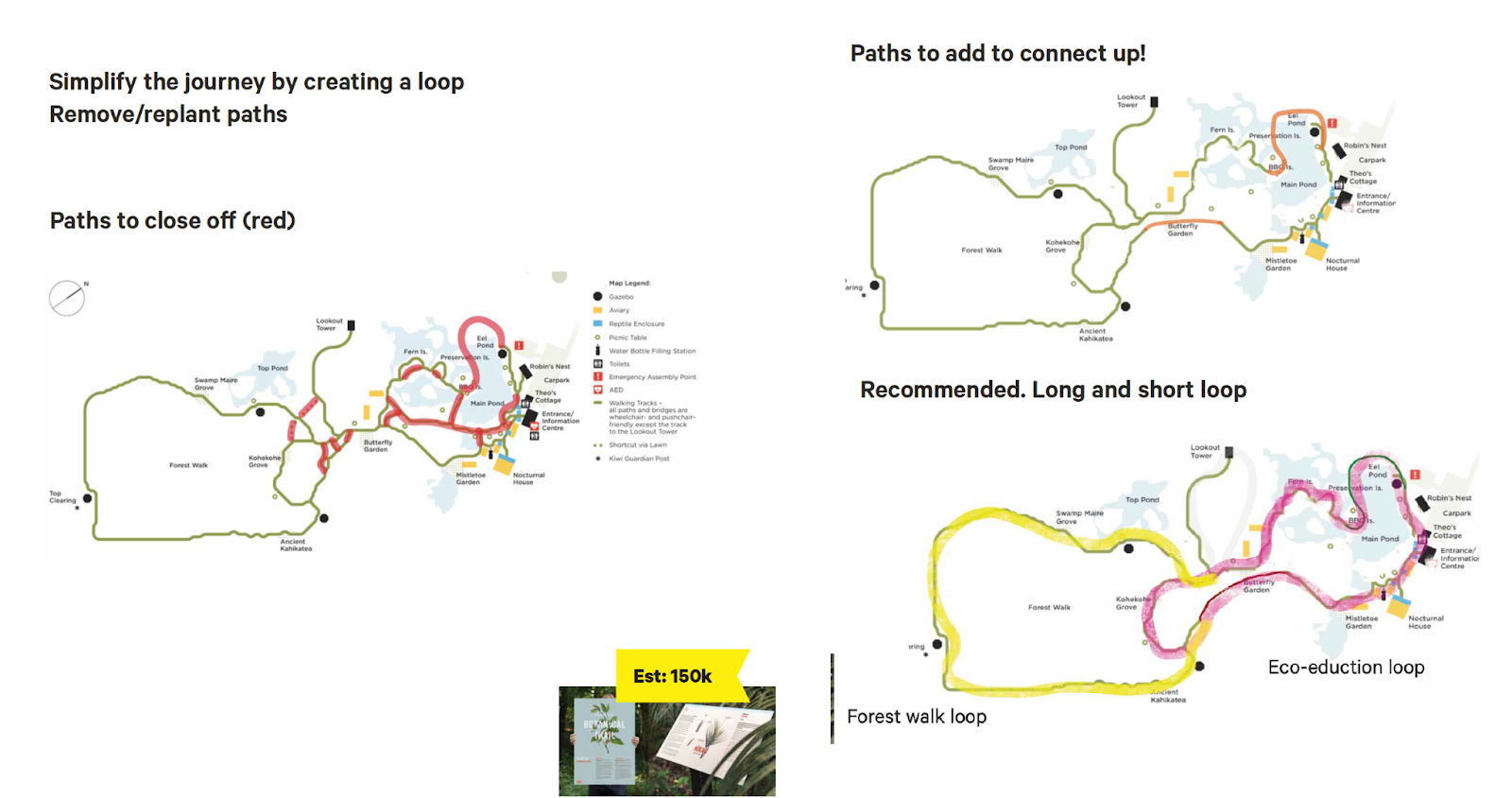
We also helped them simplify and update their signage and brand identity, removing the visual clutter and making it easy for visitors to see exactly what they were looking for. As part of this stage, we created something really special – an interactive learning experience called Piki’s Perch.
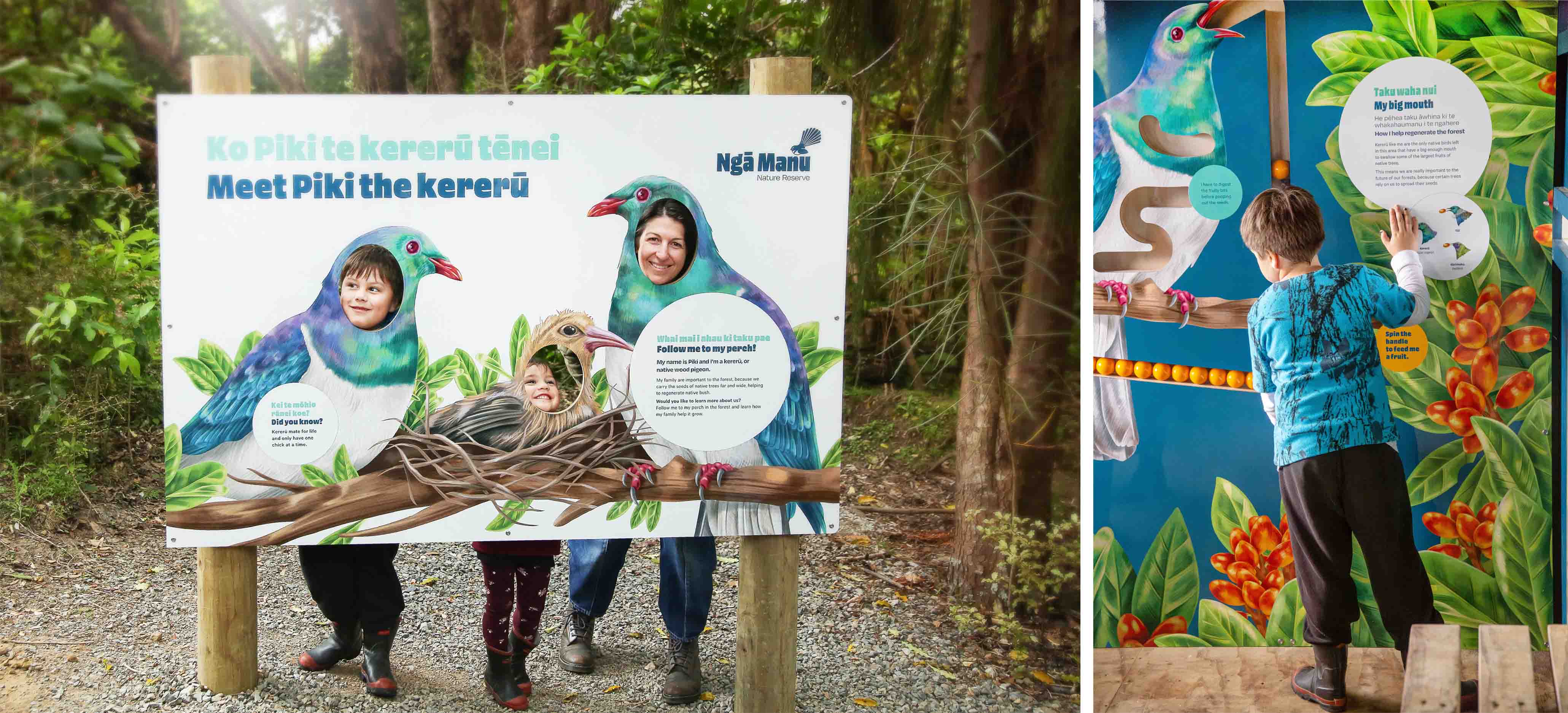
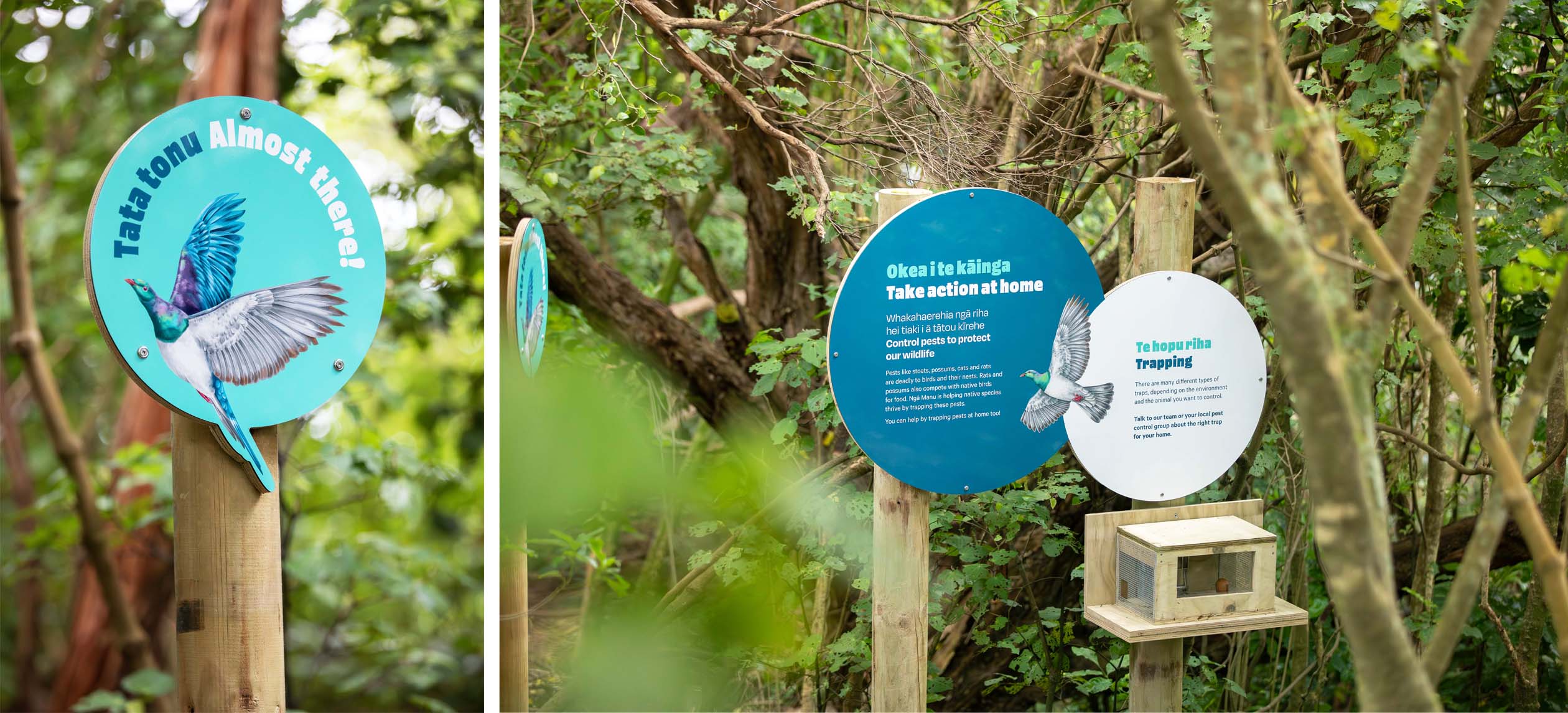
This was a playful, game-like display where kids (and their grown-ups) learn how kererū poo helps regenerate native forests. It took what could have been presented as 50 different ‘fun facts’ that no one would remember and turned them into a single cohesive story about poo.
Why poo you might ask? It made learning about conservation fun and simple to understand, for young and old alike.
This case study is a perfect example of how you can communicate simply, without dumbing it down. And even better, it shows how simplifying can be fun, leading to more people actually taking the information in.
.jpg)
Want to get your Marie Kondo on? Let’s chat
Get in touch



